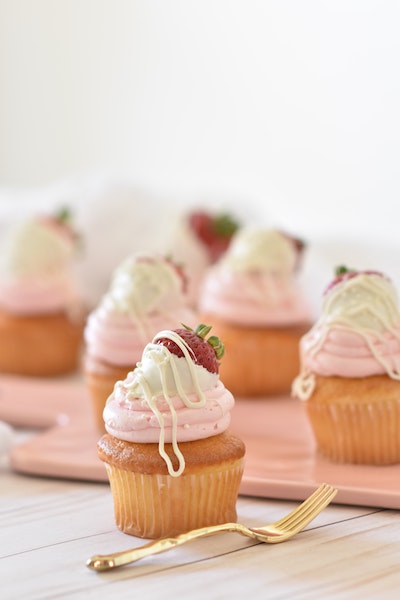Overview
The clear CSS property sets whether an element must be moved below (cleared) floating elements that precede it. The clear property applies to floating and non-floating elements.


The clear CSS property sets whether an element must be moved below (cleared) floating elements that precede it. The clear property applies to floating and non-floating elements.
<img class="float:left ..." src="/images/foods/strawberry-cupcakes.jpg"/>
<img class="float:right ..." src="/images/foods/strawberry-yogurt.jpg"/>
<p class="clear:none my:0">
The clear CSS property sets whether an element must be moved below (cleared) floating elements that precede it. The clear property applies to floating and non-floating elements.
</p>Applying with functions
<div class="clear:both:$(type)">...</div>Master supports native CSS variables and functions, just add var(--key) or use shorthand$(key) for variables.
You can also use calc(expression), env(expression) and other CSS functions if the property supports it.
To learn more, see the Functions documentation.
Conditionally apply
States and selectors
<div class="clear:both:hover">...</div>Master supports all native CSS selectors, just add :hover, :disabled, chaining, combinators and other CSS selectors as usual.
To learn more, see the Selectors documentation.
Responsive breakpoints
<div class="clear:both@sm">...</div>Responsive breakpoints can be applied to all styles. Some available breakpoints are 3xs, 2xs, xs, sm,md, lg, xl, 2xl, 3xl, 4xl. Arbitrary breakpoints can be specified through comparison operators >, >=, <, <=.
To learn more, see the Breakpoints documentation.
Print format and media queries
<div class="clear:both@print">...</div>Master supports media types like print, screen, speech, all, and other media queries.
To learn more, see the Media Queries documentation.
Dark mode and color schemes
<div class="clear:both@dark">...</div>Master uses the selector html.dark to support color schemes. Now, you can easily fine-tune your style for the color schemes.
To learn more, see the Color Schemes documentation.